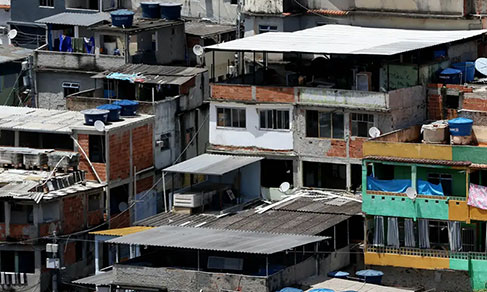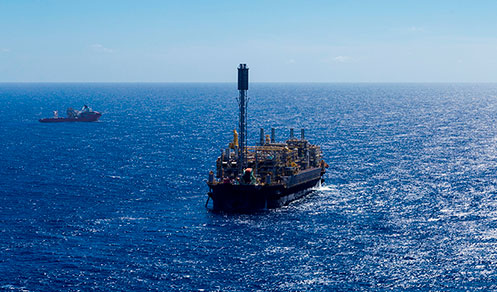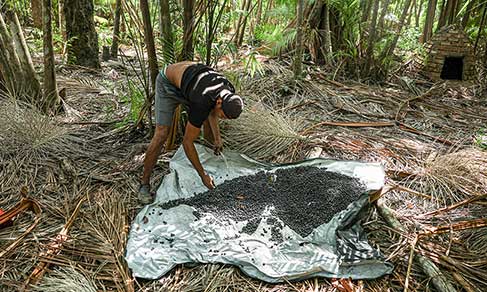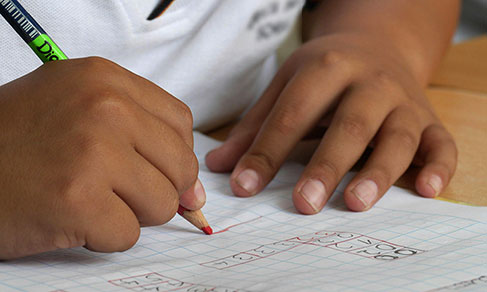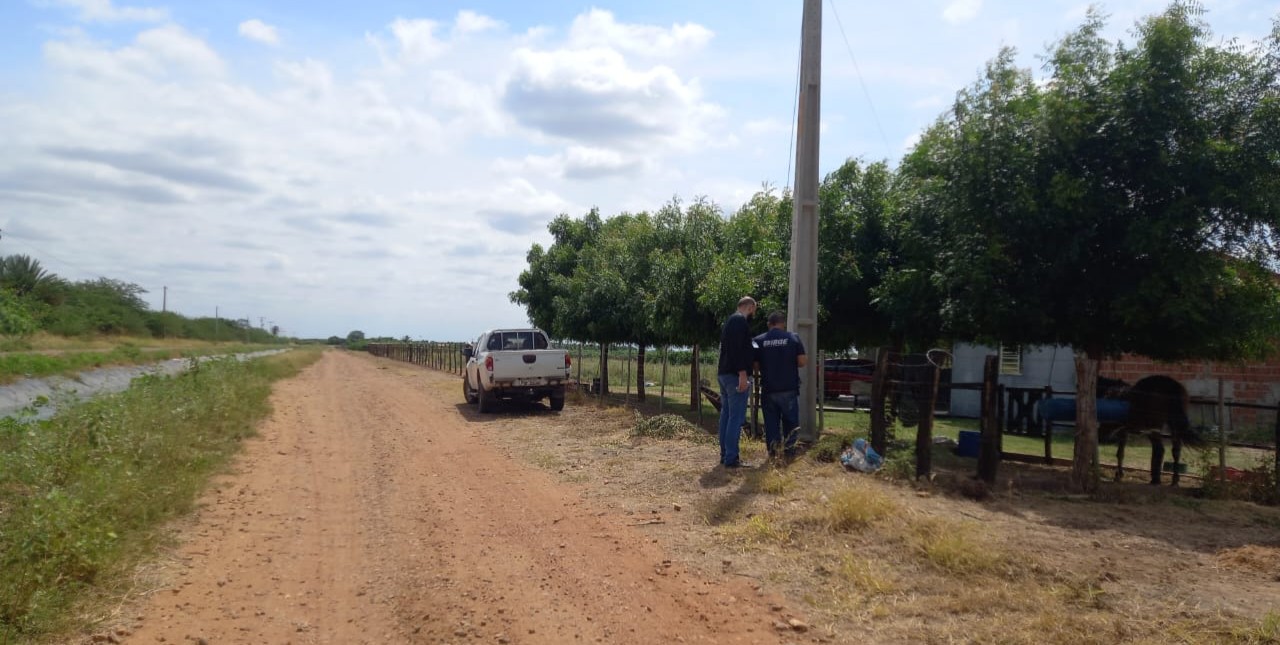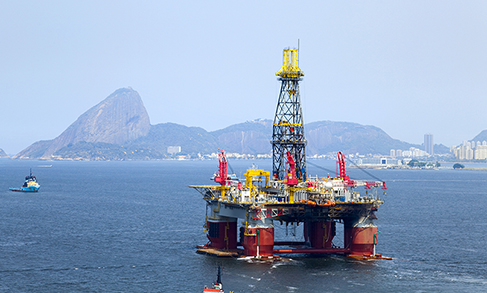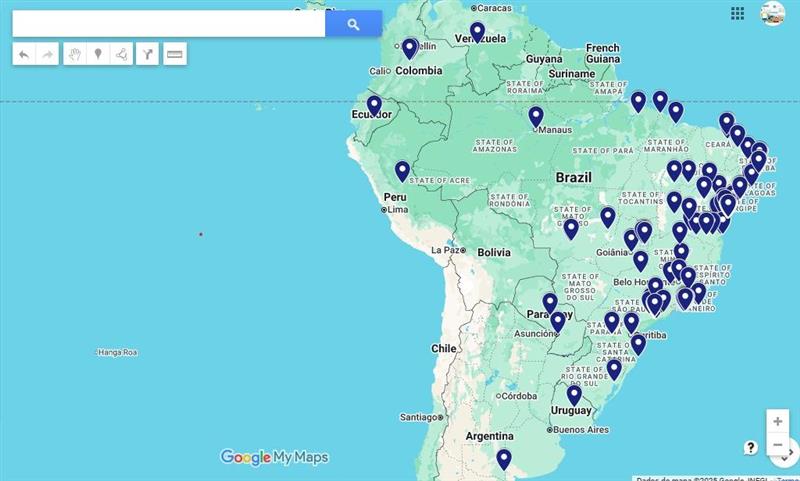National Accounts
GDP changes -0.2% in Q4, closes 2022 at 2.9%
March 02, 2023 09h00 AM | Last Updated: March 15, 2023 04h11 PM
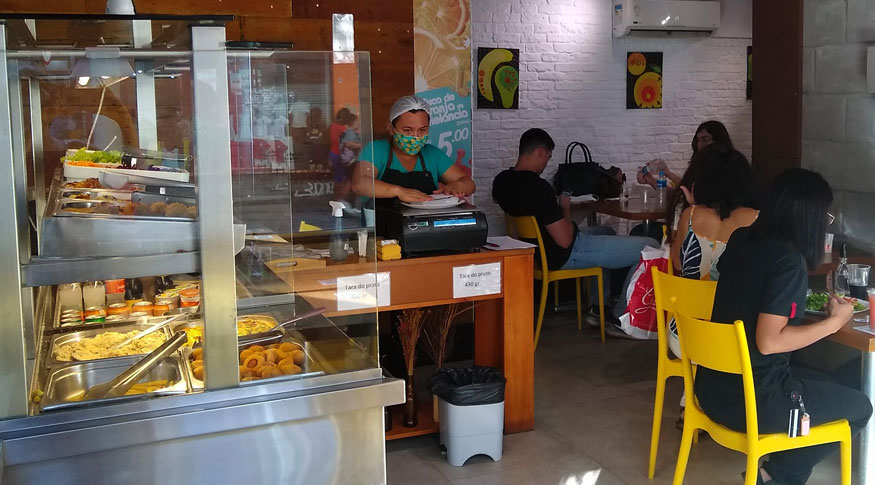
The Brazilian Gross Domestic Product (GDP) changed -0.2% in the fourth quarter of 2022 and closed the year with a growth of 2.9%, adding up to R$9.9 trillion. On the other hand, the per capita GDP reached R$46,155 last year, an advance, in real terms, of 2.2% over the previous year. The data are from the System of Quarterly National Accounts, released today (2) by the IBGE.
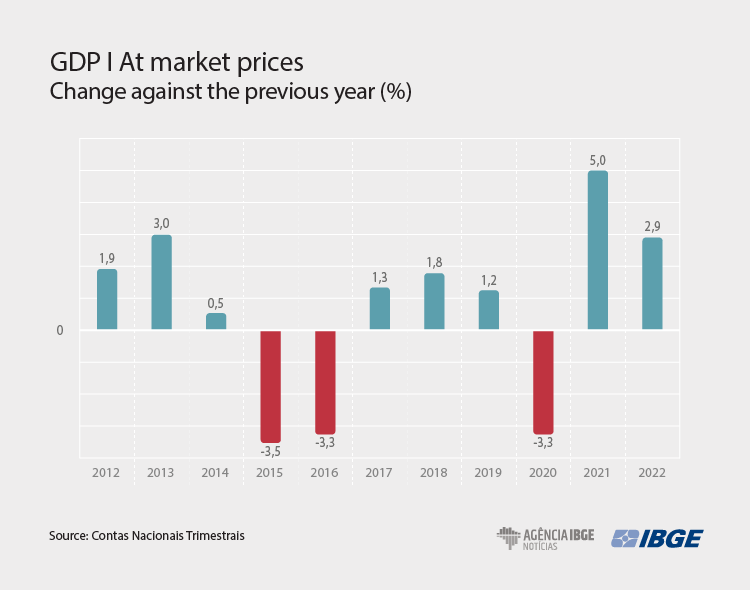
The growth of the GDP in 2022 was leveraged by the rise in Services (4.2%) and Industry (1.6%), which jointly represented nearly 90% of the indicator. In contrast, Agriculture retreated 1.7% in 2022.
“Of the growth of 2.9% in 2022, Services were responsible for 2.4 percentage points. Besides being the sector with the highest weight, it was the one that mostly grew, which shows how high was its contribution to the economy in the year,” analyzes Rebeca Palis, IBGE Coordinator of National Accounts.
“The two activities that mostly highlighted are among those that mostly grew in 2021, after the drops in 2020: Transportation and Other services, which includes the categories of personal services and professional services. It was the continuation of the upturn of the demand for services after the COVID-19 pandemic. Among other services, sectors linked with tourism might be highlighted, like food services, lodging services and car rental,” explains Palis.
In Industry, the major highlight was the activity of Electricity and gas, water, sewerage and waste management (10.1%), which had more favorable tariff flags in 2022.
“The growth in that activity is very associated with the recovery in relation to the water crisis of 2021. Besides the economy upturn, thermoelectric plants were shut off, reducing the production costs, which contributes to the increase in the value added of that activity. Having risen 6.9%, the activity of Construction, supported by the increase in employment, was influenced by the election year, which always shows a higher amount of public works,” analyzes the coordinator.
On the other hand, Manufacturing industries recorded a negative change of 0.3%, mainly due to the drop in the manufacture of fabricated metal products, furniture, wood products and rubber and plastic products, whereas Mining industries dropped 1.7%.
“The result of the Mining industries in the year was leveraged by the drop in the extraction of iron ore, related to the lock down occurred in China, our biggest buyer, whereas Manufacturing industries were negatively impacted by factors like high interest rates and high costs of raw material,” assesses Rebeca Palis.
Production of soybeans leverages drop in the result of Agriculture
The sector of Agriculture fell 1.7% in the year, due to the decreasing output and loss of productivity of the activity of Agriculture, which surpassed the positive contribution of the activities of Livestock and Fishing.
“Having estimated a drop in the output of 11.4%, soybeans, the major farm product in Brazil, pressed downward the result of Agriculture in the year, impacted by the adverse weather effects,” explains Palis.

Under the point of view of demand, household consumption is the major influence on the result
In the analysis of expenditure, Gross Fixed Capital Formation rose 0.9%, the second year of growth in a row. Household consumption expenditure advanced 4.3% over the previous year and Government consumption expenditure, in turn, grew 1.5%.
In the foreign sector, Exports of Goods and Services rose 5.5%, whereas Imports of Goods and Services increased 0.8%.
“If the sector of Services pressed upward under the point of view of supply, Household consumption did it under the point of view of demand. It is important to separate the domestic demand from the foreign sector, since 2 p.p. were from domestic demand in the growth of 2.9%, mainly household consumption, and 0.9 p.p. from foreign demand, which also rose, since our exports grew more than imports,” clarifies Rebeca Palis.
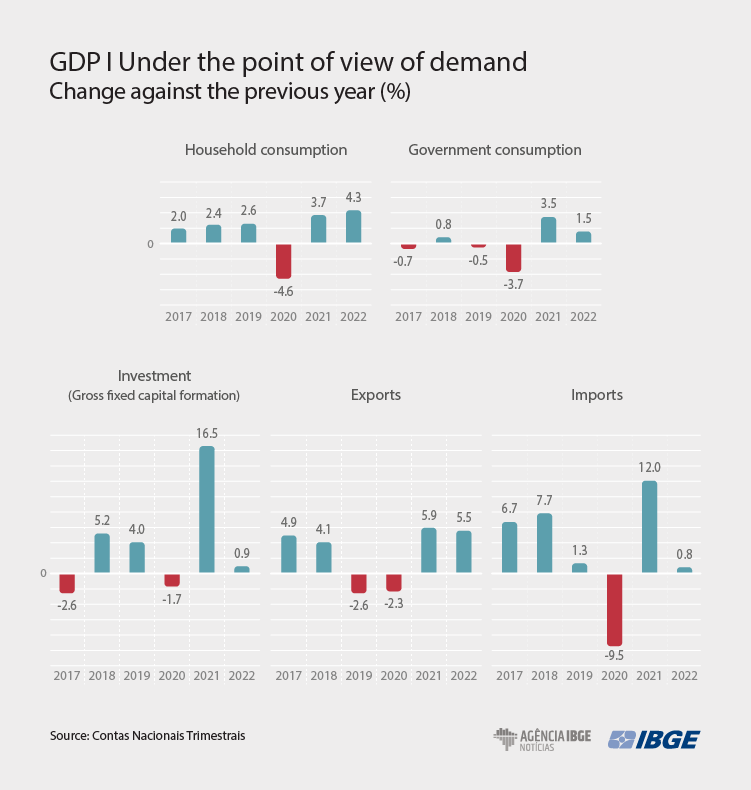
GDP changes -0,2% over Q3 2022
Compared with the immediately previous quarter, the GDP changed -0.2% in the fourth quarter of 2022. Industry retracted 0.3%, whereas Agriculture and Services registered a positive change of 0.3% and 0.2%, respectively. Among the industrial activities, Manufacturing industries (-1.4%), Construction (-0.7%) and Electricity and gas, water, sewerage and waste management (-0.4%) dropped. The only positive result was in Mining industries (2.5%).
“When we analyze the sector of Industry, the only rise was in Mining industries due to petroleum extraction. All the rest dropped,” assesses the coordinator.
In services, the activities of Information and communication (1.8%), Other services activities (0.9%), Financial activities, insurance and related services (0.9%), Real estate activities (0.7%) and Transportation, storage and mailing (0.2%) recorded a positive performance.
In contrast, Trade (-0.9%) and Administration, defense, public health and education, and social security (-0.5%) dropped.
Under the point of view of expenditure, Household consumption expenditure (0.3%) and Government consumption expenditure (0.3%) changed positively, whereas Gross Fixed Capital Formation dropped (-1.1%).
Exports of Goods and Services grew 3.5%, whereas Imports of Goods and Services fell 1.9% in relation to the third quarter of 2022.
About the System of National Accounts
The System of National Accounts shows the current values and the volume indexes, on a quarterly basis, for the Gross Domestic Product (GDP) at market prices, net taxes on products, value added at basic prices, personal consumption, government consumption, gross fixed capital formation, stock change, exports and imports of goods and services. The survey began in 1988 at the IBGE and it was restructured in 1998, when their results were integrated to the System of National Accounts, of annual periodicity.


